Reactivity of PhMgBr with the following in the decreasing order is :
(i) Alcohol
(ii) Aldehyde
(iii) Ketone
(iv) Ester.
(iv)>(iii)>(ii)>(i)
(i)>(ii)>(iii)>(iv)
(ii)>(iii)>(i)>(iv)
(iv)>(i)>(iii)>(ii)
The correct Answer is:B
To determine the reactivity of phenyl magnesium bromide (PhMgBr) with alcohols, aldehydes, ketones, and esters in decreasing order, we need to analyze the nature of each functional group and how they interact with Grignard reagents.
1. Understanding Grignard Reagents:
- Grignard reagents, such as PhMgBr, are strong nucleophiles and bases. They react readily with electrophiles and can also deprotonate acidic hydrogens.
2. Reactivity with Alcohols:
- Alcohols contain an -OH group, where the hydrogen is attached to an electronegative oxygen atom. This hydrogen is acidic and can be easily deprotonated by Grignard reagents.
- Therefore, alcohols are highly reactive with Grignard reagents.
3. Reactivity with Aldehydes:
- Aldehydes have a carbonyl group (C=O) with one hydrogen atom attached to the carbon. They are less sterically hindered compared to ketones, making them more reactive than ketones.
- Aldehydes can undergo nucleophilic addition with Grignard reagents, leading to the formation of alcohols.
4. Reactivity with Ketones:
- Ketones also contain a carbonyl group but have two alkyl groups attached to the carbon. These alkyl groups can donate electron density, making the carbonyl carbon less electrophilic compared to aldehydes.
- Thus, ketones are less reactive than aldehydes but more reactive than esters.
5. Reactivity with Esters:
- Esters have a carbonyl group as well, but they also have an alkoxy group (R-O) attached. The alkoxy group is an electron-donating group, which decreases the electrophilicity of the carbonyl carbon.
- Consequently, esters are the least reactive towards Grignard reagents.
Final Order of Reactivity:
Based on the above analysis, the decreasing order of reactivity of PhMgBr with the given compounds is:
1. Alcohol (most reactive)
2. Aldehyde
3. Ketone
4. Ester (least reactive)
Answer:
The reactivity of PhMgBr in decreasing order is: Alcohol > Aldehyde > Ketone > Ester.
- Grignard reagents, such as PhMgBr, are strong nucleophiles and bases. They react readily with electrophiles and can also deprotonate acidic hydrogens.
- Alcohols contain an -OH group, where the hydrogen is attached to an electronegative oxygen atom. This hydrogen is acidic and can be easily deprotonated by Grignard reagents.
- Therefore, alcohols are highly reactive with Grignard reagents.
- Aldehydes have a carbonyl group (C=O) with one hydrogen atom attached to the carbon. They are less sterically hindered compared to ketones, making them more reactive than ketones.
- Aldehydes can undergo nucleophilic addition with Grignard reagents, leading to the formation of alcohols.
- Ketones also contain a carbonyl group but have two alkyl groups attached to the carbon. These alkyl groups can donate electron density, making the carbonyl carbon less electrophilic compared to aldehydes.
- Thus, ketones are less reactive than aldehydes but more reactive than esters.
- Esters have a carbonyl group as well, but they also have an alkoxy group (R-O) attached. The alkoxy group is an electron-donating group, which decreases the electrophilicity of the carbonyl carbon.
- Consequently, esters are the least reactive towards Grignard reagents.
Based on the above analysis, the decreasing order of reactivity of PhMgBr with the given compounds is:
1. Alcohol (most reactive)
2. Aldehyde
3. Ketone
4. Ester (least reactive)
The reactivity of PhMgBr in decreasing order is: Alcohol > Aldehyde > Ketone > Ester.
Topper's Solved these Questions
- GRIGNARD REAGENTS AND ORGANOMETALLIC REAGENTSBook:CENGAGE CHEMISTRY ENGLISHChapter:GRIGNARD REAGENTS AND ORGANOMETALLIC REAGENTSExercise:Exercises Archives (Single Correct)
Explore 4 Videos
- GRIGNARD REAGENTS AND ORGANOMETALLIC REAGENTSBook:CENGAGE CHEMISTRY ENGLISHChapter:GRIGNARD REAGENTS AND ORGANOMETALLIC REAGENTSExercise:Exercises Archives (True/False)
Explore 1 Video
- GRIGNARD REAGENTS AND ORGANOMETALLIC REAGENTSBook:CENGAGE CHEMISTRY ENGLISHChapter:GRIGNARD REAGENTS AND ORGANOMETALLIC REAGENTSExercise:Exercises (Multiple Correct)
Explore 16 Videos
- GENERAL PRINCIPLES AND PROCESS OF ISOLATION OF ELEMENTSBook:CENGAGE CHEMISTRY ENGLISHChapter:GENERAL PRINCIPLES AND PROCESS OF ISOLATION OF ELEMENTSExercise:Archives (Subjective)
Explore 14 Videos
- NCERT BASED EXERCISEBook:CENGAGE CHEMISTRY ENGLISHChapter:NCERT BASED EXERCISEExercise:Nuclear Chemistry (NCERT Exercise)
Explore 29 Videos
Similar Questions
Reactivity of MeMgBr with the following in the decreasing order is :
(i)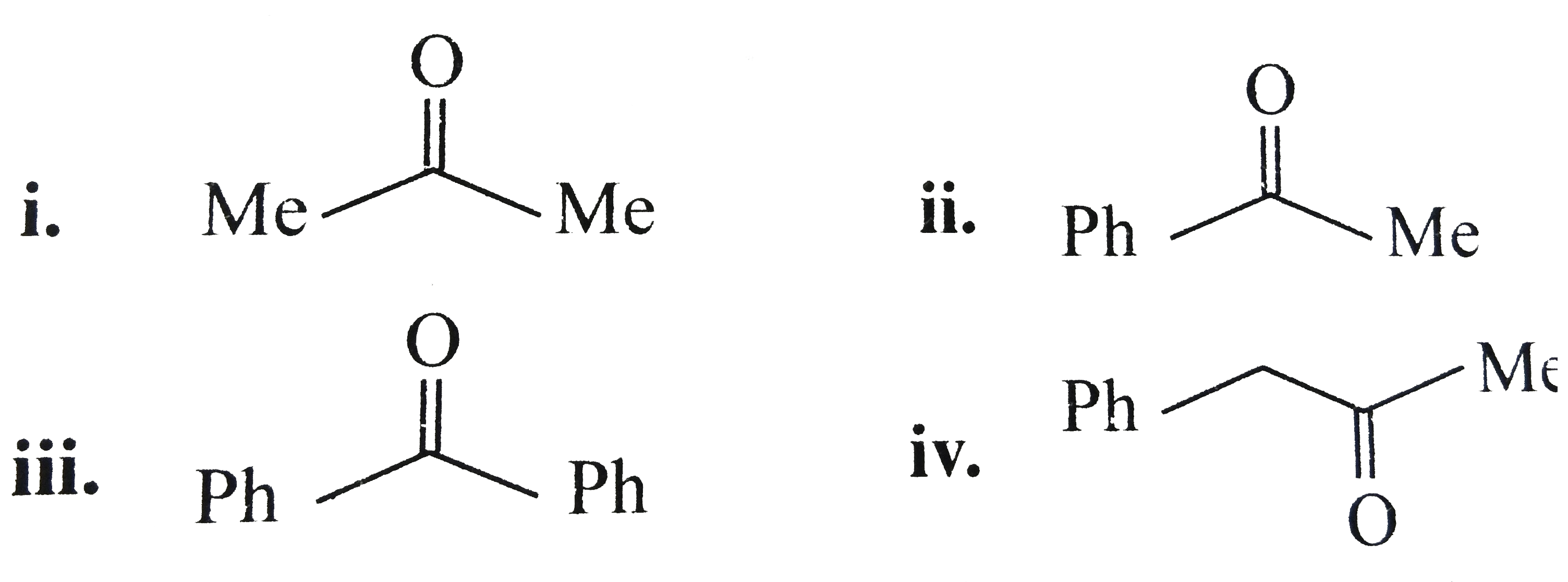
View SolutionReactivity of PhMgBr with the following in the decreasing order is :
(i) PhCHO
(ii)
(iii)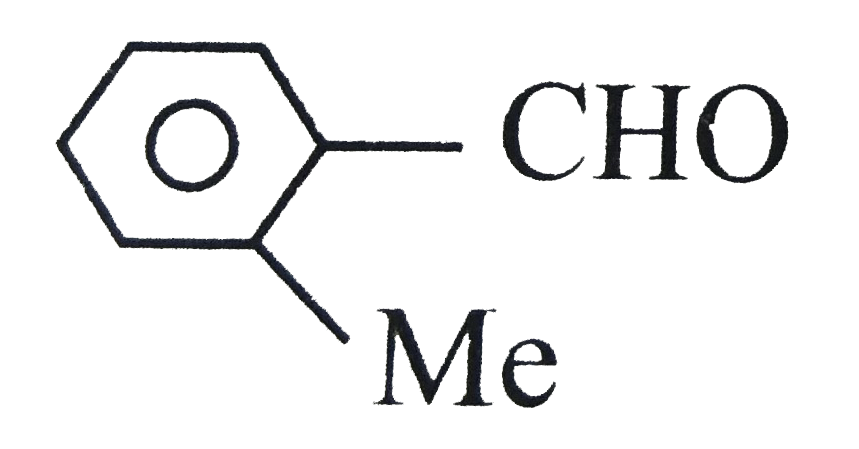
(iv)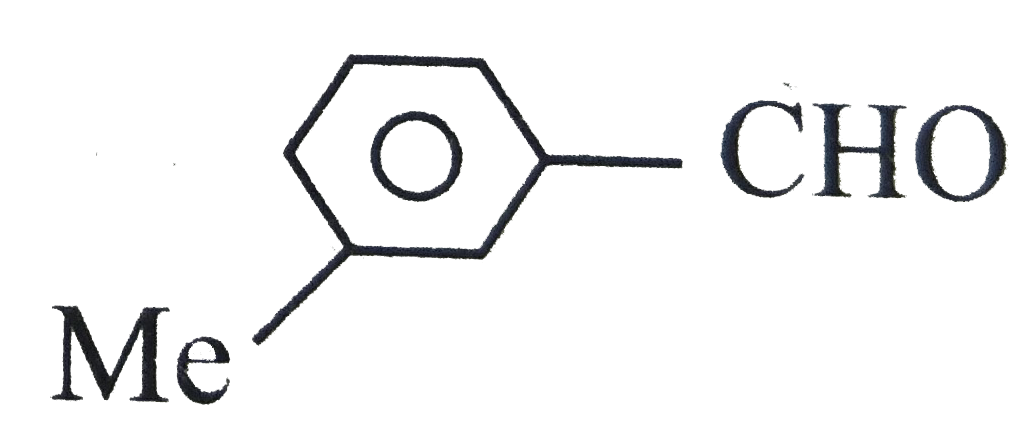 .
.
View SolutionReactivity of EtMgBr with the following in the decreasing order is :
(i) HCHO
(ii) MeCHO
(iii) MeCOMe
(iv) Cl3C−CHO.
View SolutionReactivity of HCHO with the following G.R in the decreasing order is :
(i) PhMgBr
(ii) PhCH2MgBr
(iii)
(iv) .
.
View SolutionReactivity of HCHO with the following Grignard reagent in the decreasing order is
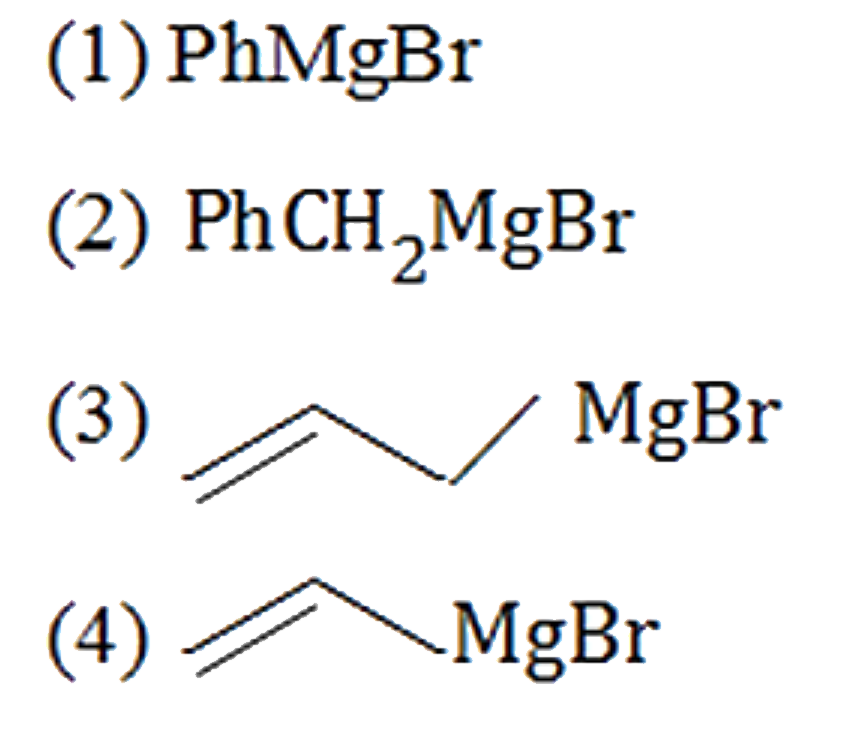
View SolutionReactivity of
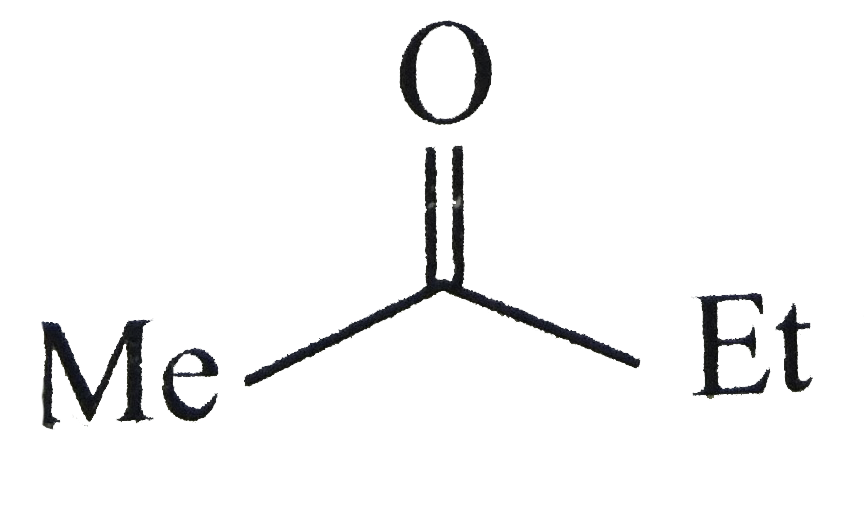 with the following G.R in the decreasing order is :
with the following G.R in the decreasing order is :
(i) MeMgBr
(ii) EtMgBr
(iii) Me2CH−MgBr
(iv) Me3C−MgBr.
View SolutionArrange the following in their decreasing order of Basicity.
(I)
(III)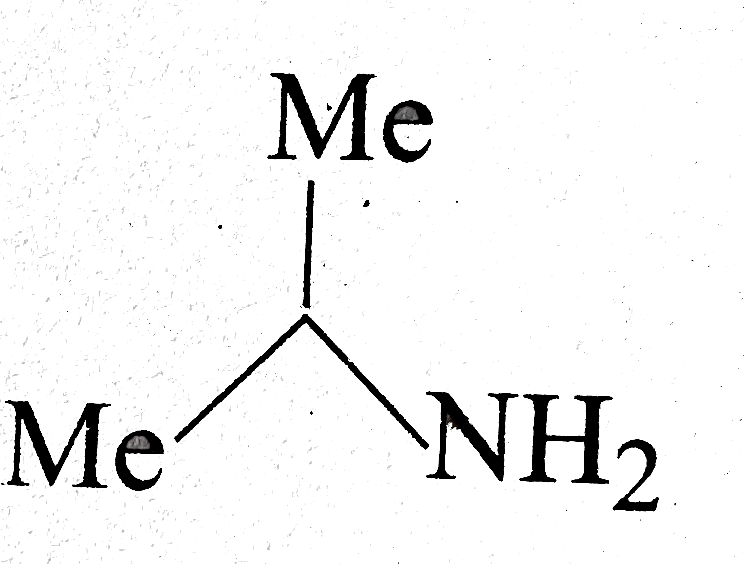
(IV) NH3.
View SolutionArrange the following in order of decreasing boiling point (i) Propan-1-ol (ii) propanal (ill) propanone (iv) Propane.
View SolutionArrange the following in order of decreasing boiling point (i) Propan-1-ol (ii) propanal (ill) propanone (iv) Propane.
View SolutionArrange the following in order of decreasing boiling point (i) Propan-1-ol (ii) propanal (ill) propanone (iv) Propane.
View Solution